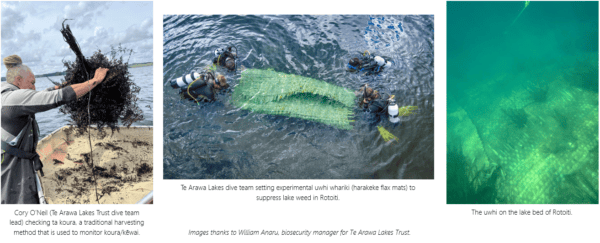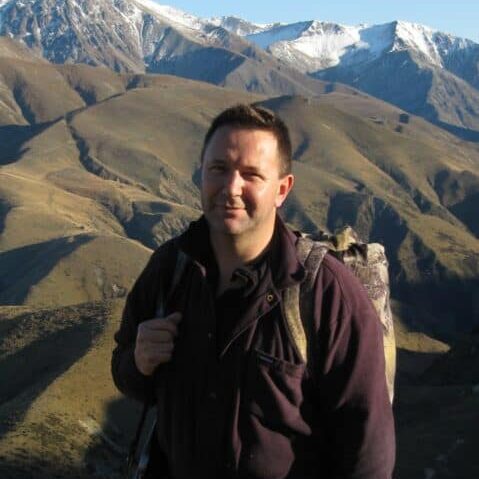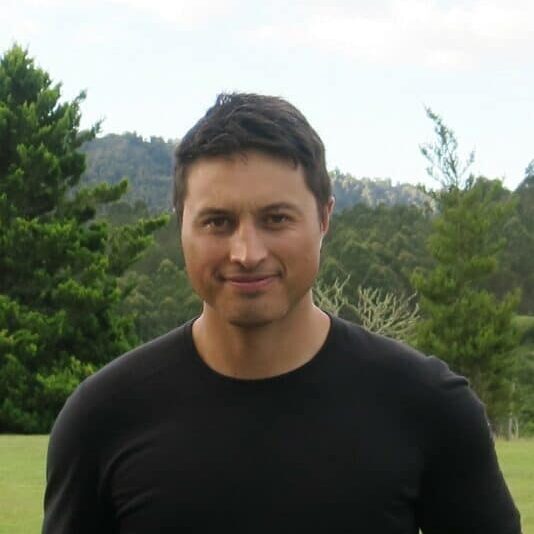Phil Lyver
Manaaki Whenua - Landcare Research
The perpetual examination of the environment
Aotearoa New Zealand is missing the voice of Māori and an adherence to Te Tiriti o Waitangi in it’s biodiversity monitoring efforts. That is, data that has been collected using Te Ao Māori frameworks, created within Māori worldviews, kaupapa Māori methods, and mātauranga Māori approaches and experiences.
There is a critical role for the development of Mātauranga-a-iwi-based monitoring tools that provides evidence which can empower kaitiaki to self-authorise local action in the restoration of biodiversity.
For this research programme, we defined Mātauranga-a-iwi as a body of knowledge, beliefs, stories, traditions, practices, institutions, and worldviews developed and sustained by the interaction of tangata whenua with their biophysical environment.
We aimed to establish an enduring biocultural approach to biodiversity monitoring which will be grounded in Te Ao Māori and reconnect Māori to their lands, waters and taonga. Our programme was underpinned by investment in kaitiaki capability and capacity to generate, collect and use evidence that is relevant to them and central to their livelihoods, cultural heritage and identity now and into the future.
In the first research area we asked what are the structures, key principles and constructs make up Te Ao Māori frameworks? Then within these frameworks, what are the indicators and measures that kaitiaki use to inform them about the state of the environment? Based on our case studies we investigated how different indicators ‘fit together’ to create a holistic view of environmental or population health.
Monitoring systems may also differ depending on the context in which they were developed. Are the species monitored as part as customary harvest? Or was the framework purely developed to understand the state of nature as is stands today? We looked at how these differences impact the monitoring programmes themselves, as well as the knowledge they produce.
Through case studies, this project supported the development and training of kaitiaki, tauīra, and rangatahi through knowledge immersion, generation and transfer institutions.
We adopted and adapted the concept of Whata Kōrero to support capacity building and development. Each Whata Kōrero was designed and implemented based on the kawa and tikanga of each individual Iwi. They were applied learning processes in both the conceptual and physical application space. Our tohunga, matanga, pūkenga and practitioners interacted with kaitiaki, tauīra, and rangatahi to build their confidence with mātauranga, pūrākau, and te reo Māori within the context of the monitoring case studies. In addition, we worked with a local secondary school to develop a Year-11 Mātauranga and Science course that will be part of NZCEA curriculum. We proposed that this trial course would inform the development of similar modules around the country.
There are often barriers to taking place-based information and implementing that knowledge at a larger, sometimes even national, scale. Within this research area we looked into the cultural institutes, mechanisms and instruments that could overcome these barriers. We determined where and how the results of community monitoring initiatives are best used. In this, we aligned closely with an initiative supported within Te Mana o te Taiao 2020 (New Zealand Biodiversity Strategy 2020) to determine what kaitiaki need to deliver their responsibilities to biodiversity and their communities and work towards rangatiratanga-based systems that will enable that.


Phil Lyver

Puke Timoti